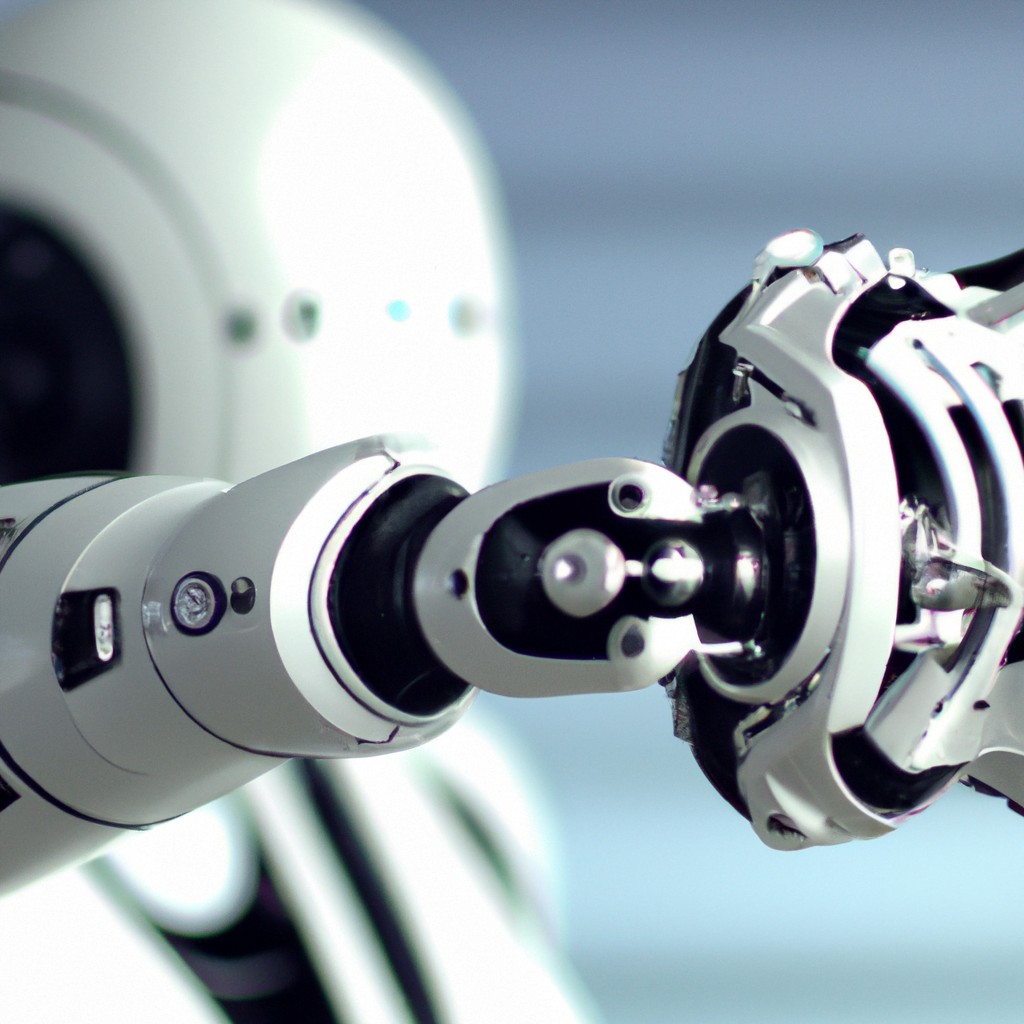AI’s Limitations: Mimicking Human Creativity but Struggling with Genuine Innovation
Is Computational Creativity Possible?
Computational creativity is the idea that artificial intelligence (AI) systems can generate creative outputs. The recent hype around AI tools like ChatGPT, Midjourney, and Dall-E has raised questions about whether creativity is a skill exclusive to humans. Here are some examples that illustrate the capabilities of generative AI:
- “The Portrait of Edmond de Belamy”: In 2018, an AI artwork created by a generative adversarial network was sold for a significant amount of money. The AI was trained on a dataset of 15,000 portraits spanning six centuries.
- Music collaboration with AI: Grammy-nominee Alex Da Kid and others have collaborated with AI, such as IBM’s Watson, to create hit songs and inform their creative process.
While humans still play a role in curating the output of AI, tools like Dall-E can produce novel images or music in seconds based on any given theme. The question of authorship becomes more complex in these cases. Is it the algorithm, the artists whose work was used for training, or the person who provides the creative input? To answer these questions, we need to explore the concept of creativity itself.

What is Creativity?
According to Margaret Boden, there are three types of creativity: combinational, exploratory, and transformational creativity.
- Combinational creativity involves combining familiar ideas to create something new. This aligns with the algorithmic production of art by generative AI, which creates novel works in existing styles.
- Exploratory creativity generates new ideas by exploring existing conceptual spaces and boundaries. AI can also explore these spaces and generate new content based on the training data it has received.
- Transformational creativity goes beyond existing structures and styles to create something entirely original. This type of creativity raises questions about fair use and copyright when it comes to AI-generated content.
Computational creativity, as demonstrated by AI, is systematic and predictable compared to the impulsive nature of human creativity. AI is programmed to process information in a specific way to achieve desired results, sometimes leading to unexpected outcomes. This is a significant difference between artists and AI.
AI as a Catalyst for Human Creativity
Generative AI works best in collaboration with humans. It acts as a catalyst, augmenting human creativity rather than replacing it. The current synthetic creativity of AI pushes human creativity further, but the hype surrounding AI often exceeds its actual capabilities. History shows that technological advancements, such as the camera, have rarely displaced humans from work they desired to do.
Synthetic Art for Business
Synthetic creativity generated by AI has practical implications for business and marketing. Examples include:
- AI-enhanced advertising: Using tools like Dall-E, companies like Ogilvy Paris created AI versions of famous artworks for promotional purposes.
- AI-designed furniture: Collaborations between companies like Kartell, Philippe Starck, and Autodesk have led to the creation of furniture designs using AI for sustainable manufacturing.
- AI-augmented fashion styling: Companies like Stitch Fix use AI to personalize visualizations of clothing based on customer preferences.
These examples highlight the potential of synthetic creativity in various industries. However, they also require the human skill of curation to make sense of the AI-generated outputs and select the most compelling ones.
In conclusion, computational creativity is possible, as demonstrated by generative AI tools. However, the current state of AI is more of a catalyst for human creativity than a replacement. Understanding the different types of creativity and the role of curation is crucial when considering the implications of AI in creative fields and business.






